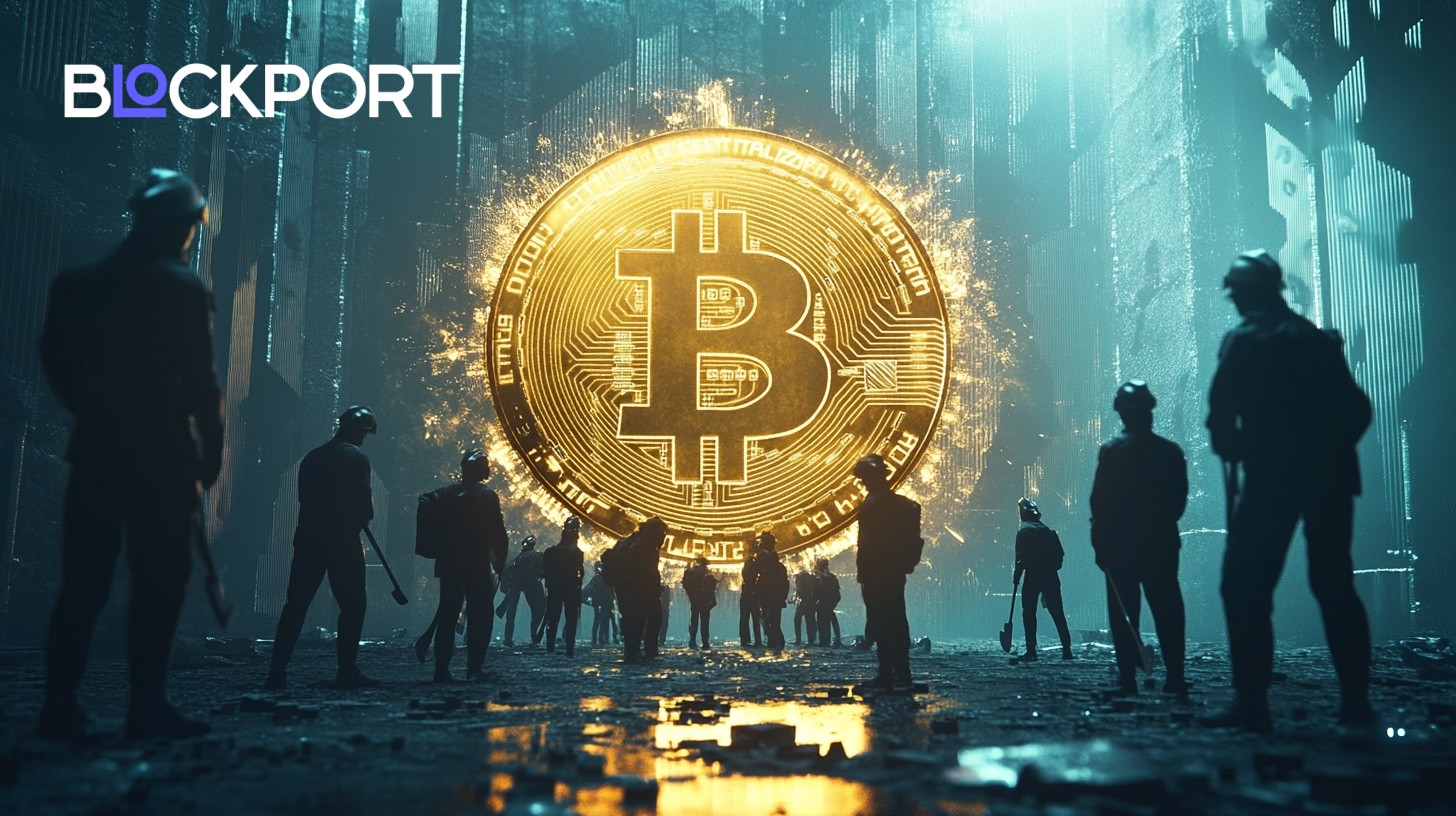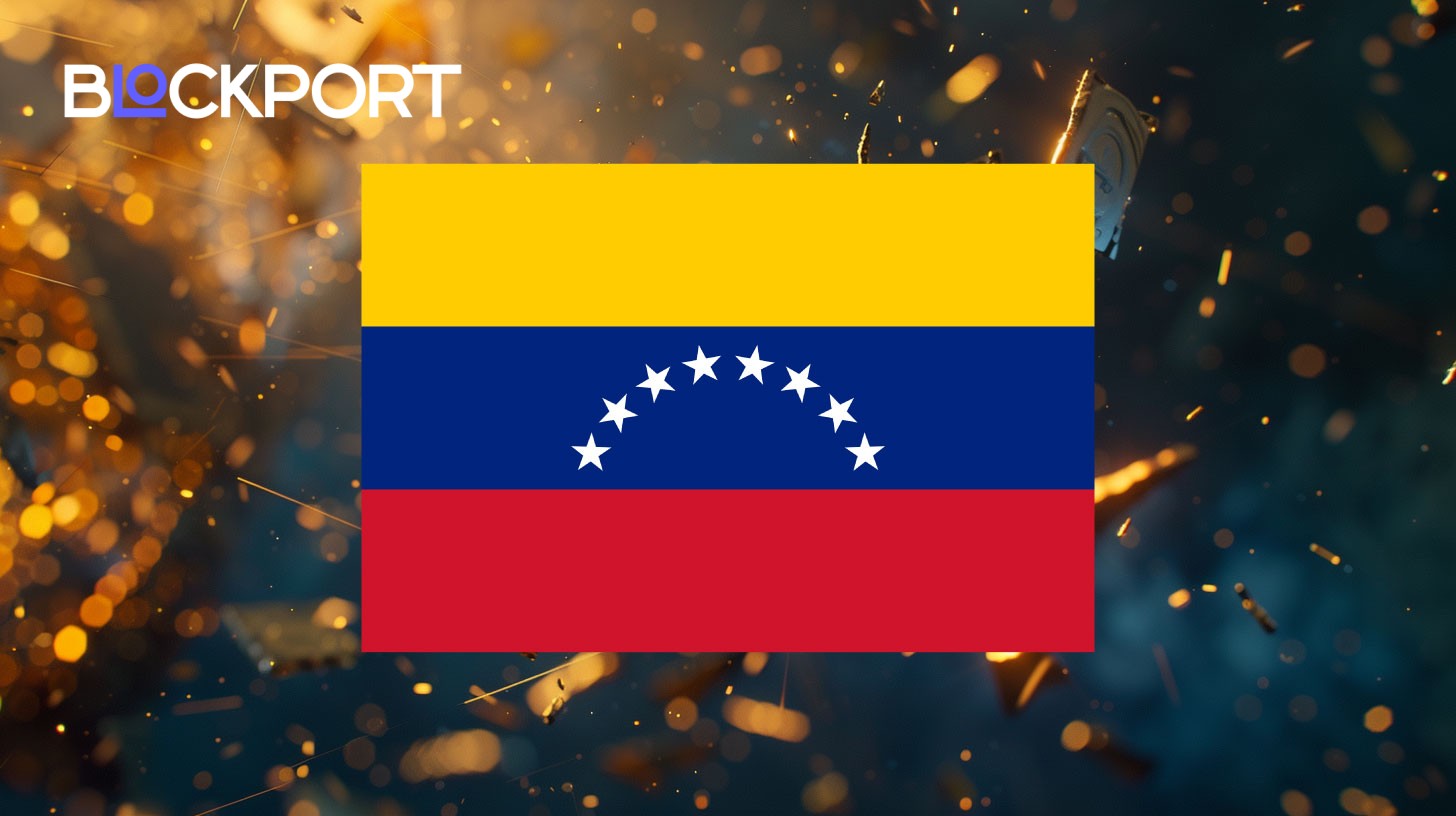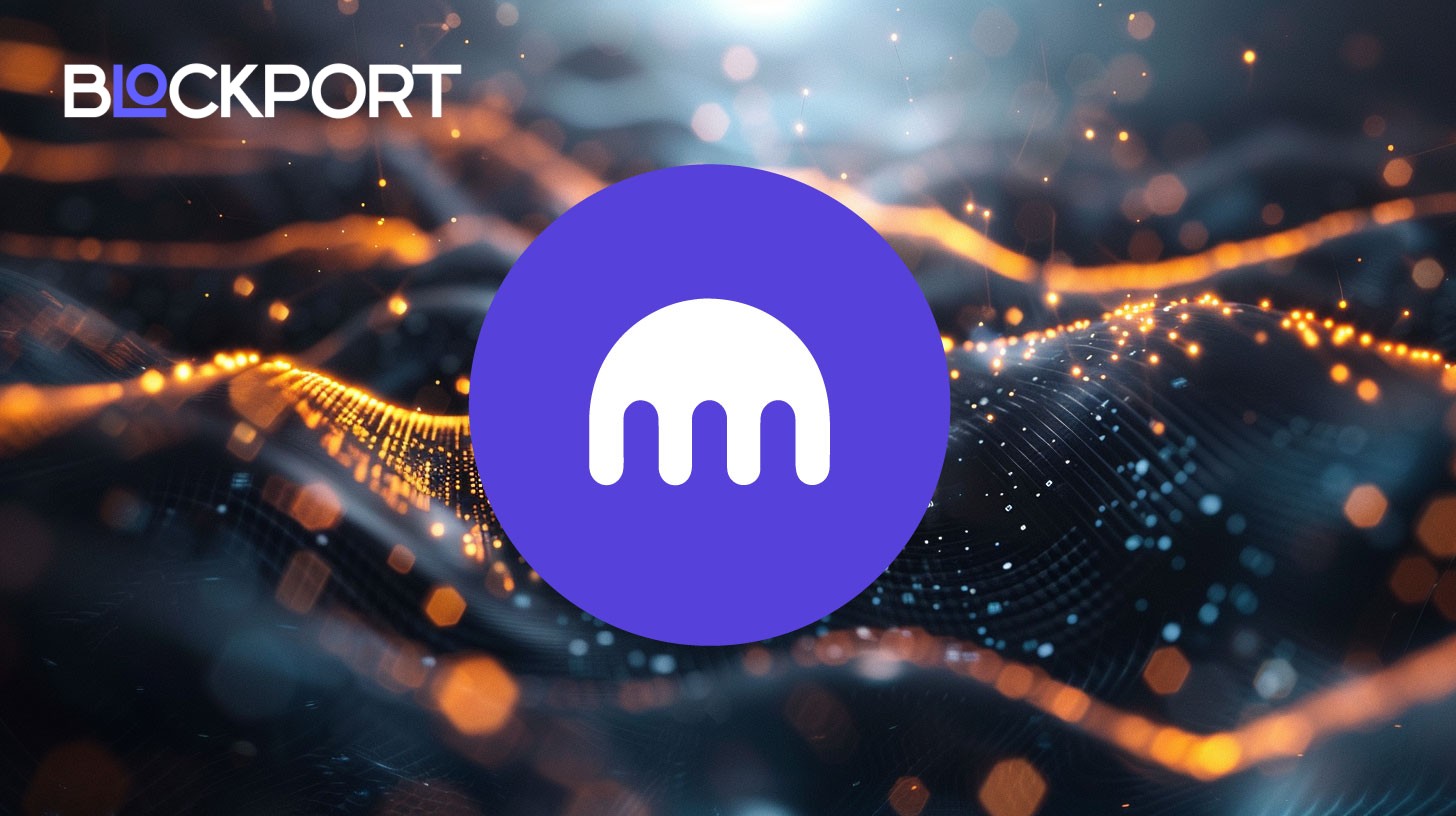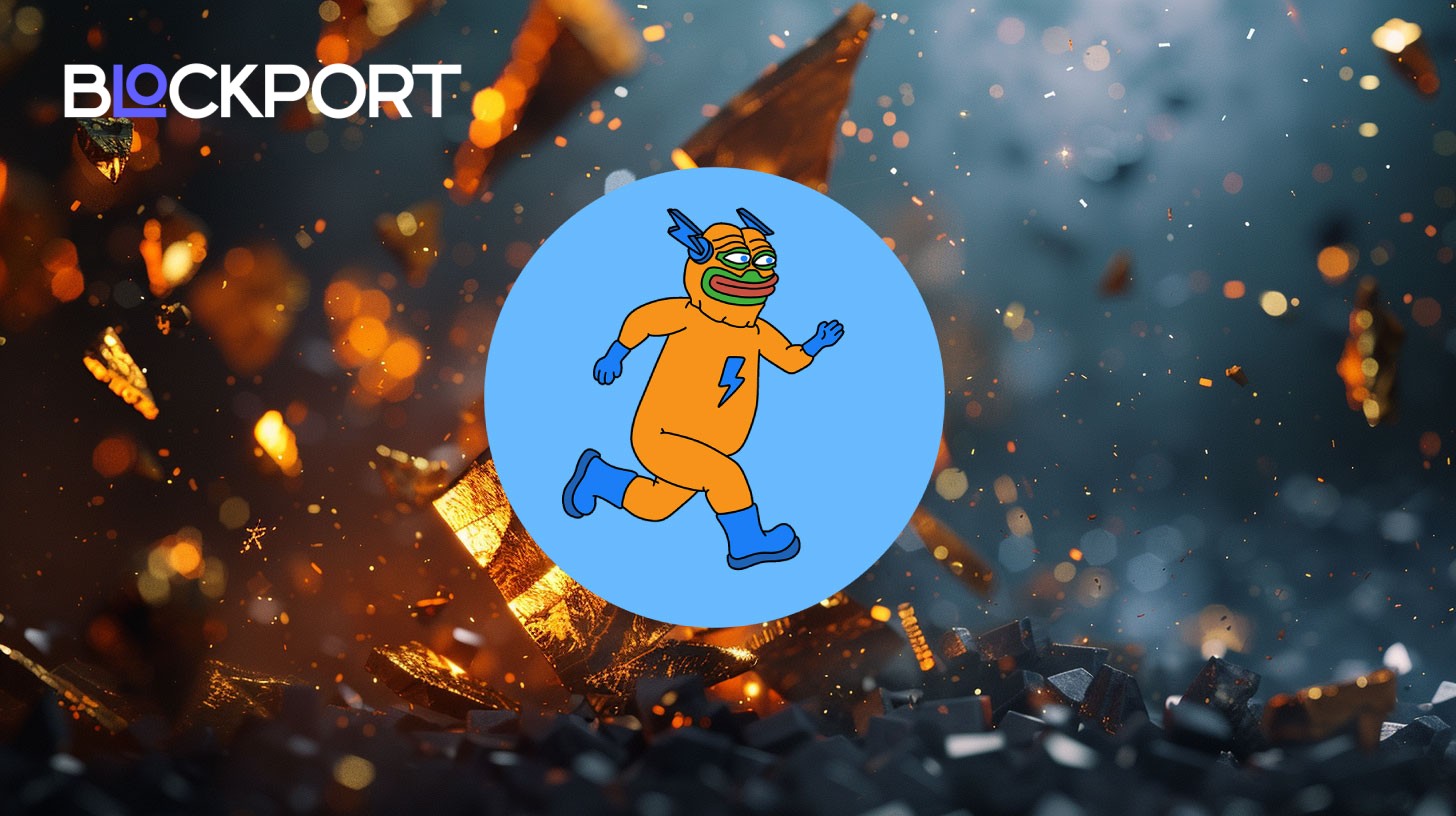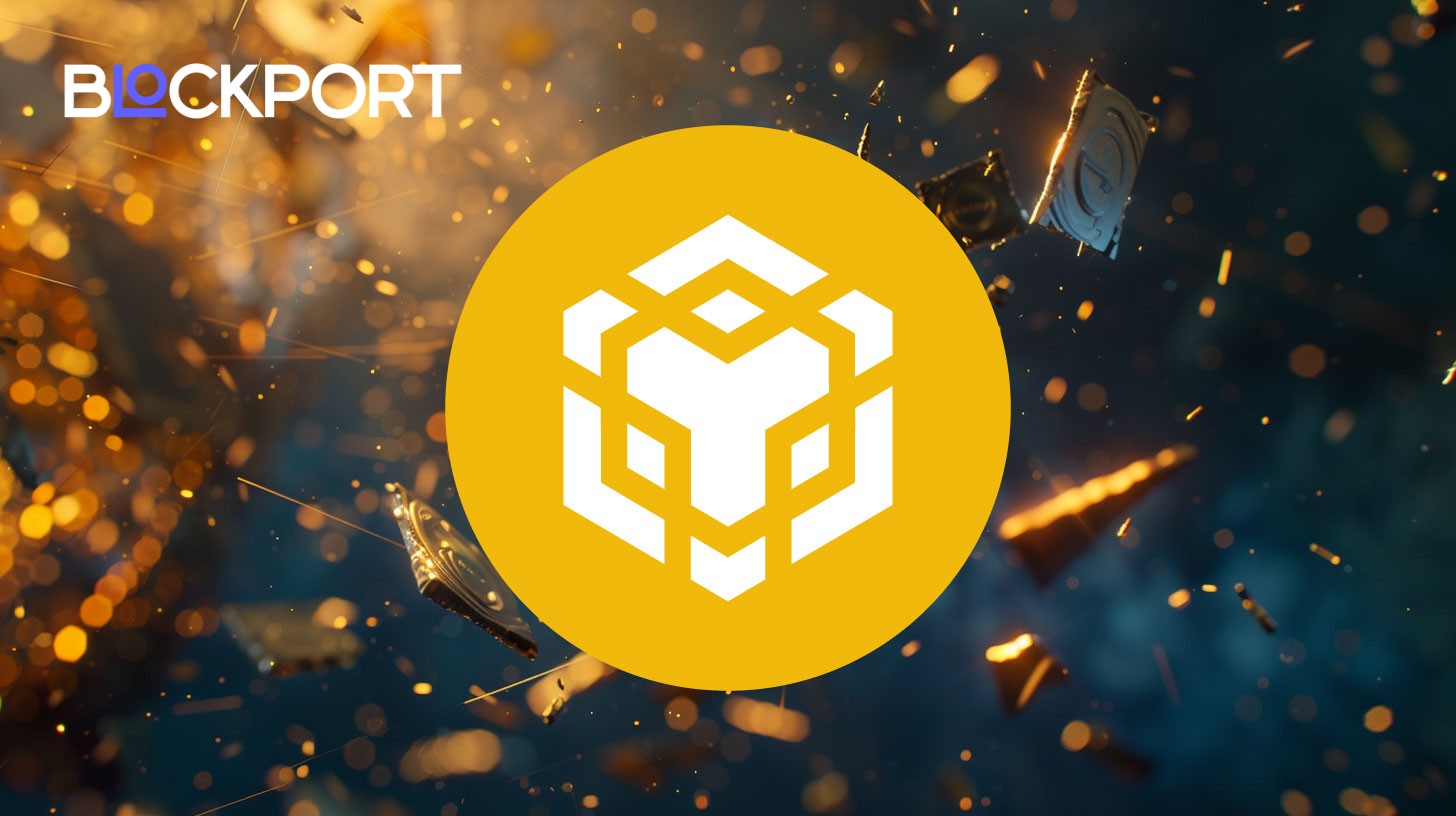Blockchain Beyond Bitcoin: How Smart Contracts Are Changing Everything

Blockchain technology has emerged as a transformative force. Perhaps it’s associated with something complex, linked to intricate digital payments and cryptocurrencies. But in reality, blockchain is a powerful foundation that is transforming how we live, work, and interact with the world around us. In many ways, it has already become as integral a part of our lives as the internet, and many people don’t even realize they’re using it.
On this page
Blockchain in Simple Terms
Let’s try to understand what blockchain is without complex jargon.
Imagine a large company maintaining a shared ledger of transactions or events. This ledger isn’t stored by one person or in a single office. Instead, every participant has their own copy of this ledger on their computer. When a new event occurs, or someone in the company makes a payment, this record is simultaneously added to all these copies. Most importantly, if someone tries to alter a record in their copy, the other participants will immediately detect this inconsistency: the forgery will be rejected, and the dishonest participant will be excluded from the project.
This is the essence of decentralization (or distribution). There is no single “owner” or central server that controls all the data. Information is distributed among many computers or “nodes” in the network. This makes the system incredibly resilient to failures and fraud attempts, because to alter data, one would have to simultaneously falsify hundreds of thousands of copies of the ledger distributed worldwide, which is practically impossible. Such an attack requires colossal computing power and perfect coordination, making it virtually unfeasible and economically unprofitable. Therefore, blockchain serves as a truly reliable and robust “safe” for storing data.
Smart Contracts: Automation Without Intermediaries
Initially, blockchain became known through Bitcoin (BTC) – the first and most popular cryptocurrency. Bitcoin demonstrated how money could be transferred securely and anonymously from one person to another without the involvement of banks or other intermediaries. If you need to send money to a friend across the globe, traditional bank transfers, for example, via the SWIFT system, can be slow and expensive. Such a transfer often takes several days, passes through a chain of correspondent banks, each of which may charge its own fee, and sometimes requires double currency conversion, leading to additional losses.
With blockchain, you send funds directly, bypassing intermediaries. The transaction is recorded in the distributed ledger, and while its confirmation time can vary, modern blockchains like Solana or Avalanche are capable of processing money transfers in mere seconds. While Bitcoin remains valuable as a store of value, newer blockchains like Solana and Avalanche have emerged for faster payments compared to newer networks. The use of a distributed ledger makes transfers faster, cheaper, and completely transparent for all network participants.
However, blockchain’s potential extends far beyond this. For instance, smart contracts are actively being developed. Essentially, these are ordinary agreements, but they are recorded on the blockchain as programmatic code and execute automatically when specific conditions are met. No one can tamper with or violate them, because everything is encoded programmatically and secured by cryptography.

Smart contracts are created by programmers using specialized languages (e.g., Solidity for the Ethereum blockchain) and then “uploaded” to the blockchain. After this, they become immutable and operate according to their embedded rules without human intervention. Their areas of application are vast:
- Insurance A smart contract can automatically pay out compensation upon the occurrence of an insured event, for example, a flight delay, if data about the delay comes from a reliable source.
- Supply Chain Management Automatic release of payment to a supplier as soon as goods are delivered and their receipt is confirmed in the system.
- Voting Smart contracts can ensure the transparency and immutability of voting results, as each vote will be recorded and counted automatically.
- Gaming and Non-Fungible Tokens (NFTs) Smart contracts are at the core of creating and transferring unique digital assets, such as in-game items or works of art.
Even when purchasing an apartment, which is typically a lengthy process involving a lot of paperwork, lawyers, and banks, a smart contract can significantly simplify the procedure. As soon as the seller receives payment, ownership automatically transfers to you, without unnecessary bureaucracy or risks.
The Scalability Challenge
However, blockchain technology faces significant challenges. The main problematic aspect – its scalability (system’s ability to handle a growing number of operations or users without losing performance). A blockchain network, especially earlier versions, can only record a limited number of operations per second. If too many people simultaneously try to enter data (or make a payment, for example), the system will face overload. This is similar to a computer freezing when an internet provider’s limitation prevents you from simultaneously downloading games, watching a movie, and performing other tasks.
For blockchain to become truly useful for the entire world, it must be able to process a huge number of operations in a short time. For example, the Visa payment system is capable of processing up to 65,000 transactions per second. Ethereum processes ~15 TPS, while Solana can handle over 50,000 TPS. Bitcoin, is capable of processing an average of about 5-7 transactions per second. This is the main problem that the world’s brightest minds are actively working to solve.
Solutions: Layer 2, Sharding, and New Consensus
Scientists and developers are devising various ways to help blockchain “breathe freely”:
- Layer 2 Solutions. This is like building additional roads above a main highway. Essentially, most critical operations remain on the “main ledger,” while smaller, frequent transactions are conducted on “secondary layers,” which are then recorded as a single batch on the main blockchain. Examples of such solutions include Lightning Network for Bitcoin or Polygon for Ethereum. They allow for many fast and cheap transactions without overloading the main network.
- Sharding. This is comparable to having several smaller ledgers working in parallel instead of one massive ledger. Each “mini-ledger” (shard) processes its own portion of operations, and then all results are combined. It’s like dividing a large task into several smaller ones and performing them simultaneously.
- New Consensus Algorithms. For all blockchain participants to agree on the validity of a new page, a “consensus” procedure must be followed. Initially, Bitcoin used “Proof of Work,” which requires significant computing power and energy. More “eco-friendly” and faster methods are now being developed, such as “Proof of Stake,” where instead of solving complex problems, participants simply “lock up” their funds to validate transactions.
Real-World Applications Transforming Industries
When these challenges are successfully resolved, blockchain can become truly ubiquitous:
- In Healthcare: MedRec by MIT allows patients to control their medical data, while companies like Guardtime secure health records for millions of patients in Estonia. No more lost records or issues with data transfer between clinics.
- In Supply Chain: Walmart uses blockchain to track food from farm to store, reducing food safety investigation time from weeks to seconds. You will always know where a product came from, who produced it, and how it was stored. This will help combat counterfeiting and ensure quality.
- In Government: blockchain can make elections completely transparent and eliminate tampering. Every vote will be counted, and it will be impossible to alter it.
- In Copyright: creators of music, books, and art can securely establish their authorship and receive royalties every time their work is used.
- Government Land Registries Public land records, including ownership and transaction history, can be securely stored on a blockchain, reducing fraud, simplifying transfers, and increasing transparency in real estate.
- Digital Identity: blockchain can provide a secure and verifiable digital identity for individuals, allowing them to control their personal data and grant access to services without relying on centralized authorities.
Blockchain technology represents a fundamental shift toward decentralized, transparent systems. As scalability solutions mature and enterprise adoption accelerates, blockchain will become essential infrastructure for digital transformation across industries. Organizations that understand and implement blockchain solutions today will have significant competitive advantages in tomorrow’s digital economy.
Content on BlockPort is provided for informational purposes only and does not constitute financial guidance.
We strive to ensure the accuracy and relevance of the information we share, but we do not guarantee that all content is complete, error-free, or up to date. BlockPort disclaims any liability for losses, mistakes, or actions taken based on the material found on this site.
Always conduct your own research before making financial decisions and consider consulting with a licensed advisor.
For further details, please review our Terms of Use, Privacy Policy, and Disclaimer.

